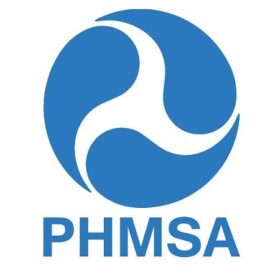
Background: INGAA filed comments with the U.S. Environmental Protection Agency on April 24 on the agency’s proposed revisions to the greenhouse gas reporting rule.
Since 2009, INGAA has raised significant concerns related to the Greenhouse Gas Reporting Program (GHGRP) compressor monitoring requirements. EPA recently unveiled a proposed final rule that revises certain calculation methods, monitoring and data reporting requirements, terms and definitions, and corrects technical and editorial errors. Although EPA has issued ten amendments since its initial rule, this is the first major amendment to address INGAA’s issues. While the proposed amendments address some issues, INGAA’s main concerns—the continued reliance upon direct measurement coupled with the elimination of the Best Available Monitoring Method (BAMM)—remain unresolved. While INGAA has worked with EPA for more than five years providing input and feedback on the reporting rule, we still see significant room for improvement.
INGAA and its members have several key concerns about the EPA proposed rule:
1. We believe the proposed rule is unlikely to achieve the objective of improved GHG emission estimates for transportation and storage sources primarily due to the continued reliance on an unproven measurement method for compressor and tank vents.
2. The proposed rule arbitrarily retains ongoing direct measurement and monitoring for natural gas industry segments with compressors that is more rigorous than that which is proposed for other industry segments and industries subject to the GHGRP. This decision is unsupported. Alternatives—such as estimations using updated emissions factors—are available that can better achieve program objectives, especially for key sources such as compressor-related emissions.
3. EPA now has several years of reported data available and could – and should – update the emissions factors used to estimate greenhouse gas emissions from the transmission and storage segment. Using emissions factors, instead of direct measure, is consistent with how emissions are measured and reported to EPA from other segments, including within the oil and gas sector. The use of updated emissions factors would result in a more accurate GHG emission inventory since direct measurements only capture emissions at a given time.
4. If EPA insists on direct measure, it must continue to allow companies to use alternative monitoring methodologies such as Missing Data or BAMM. Eliminating BAMM compromises the ability of affected sources to comply, especially when a company is unable to take an annual measurement due to safety or operational concerns (e.g. a worker cannot reach the vent). If EPA insists on eliminating BAMM, INGAA recommends revisions so that the Missing Data provisions address, in its entirety, the significant void caused by eliminating BAMM.







